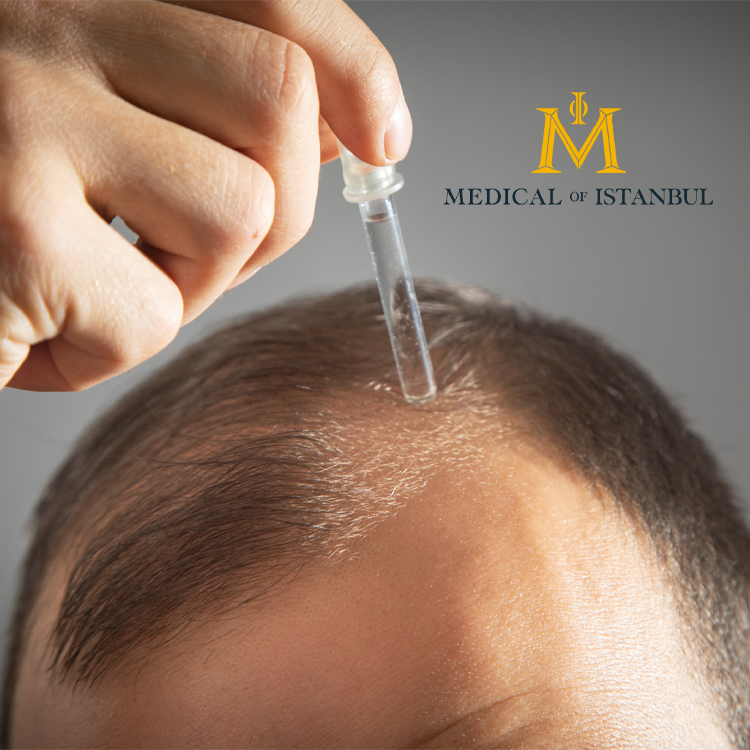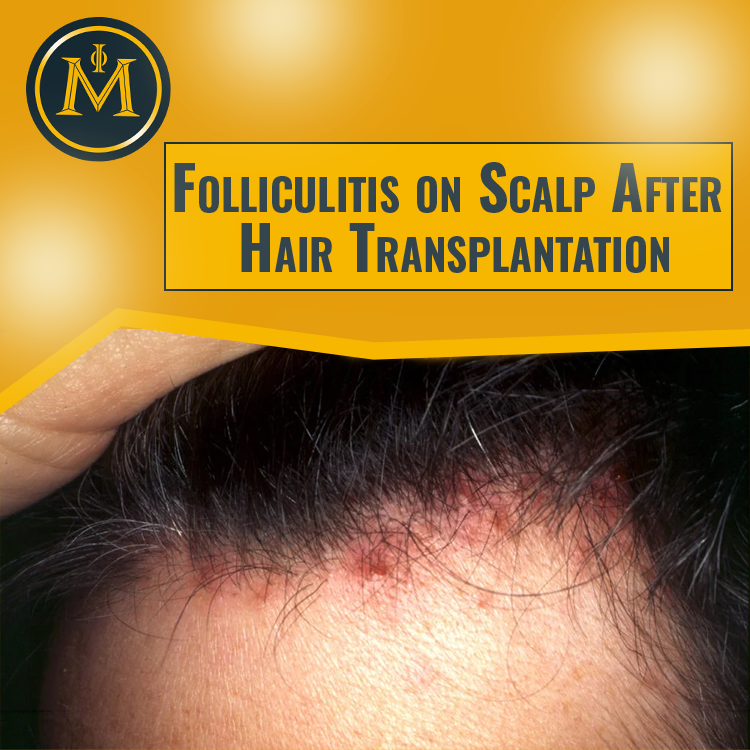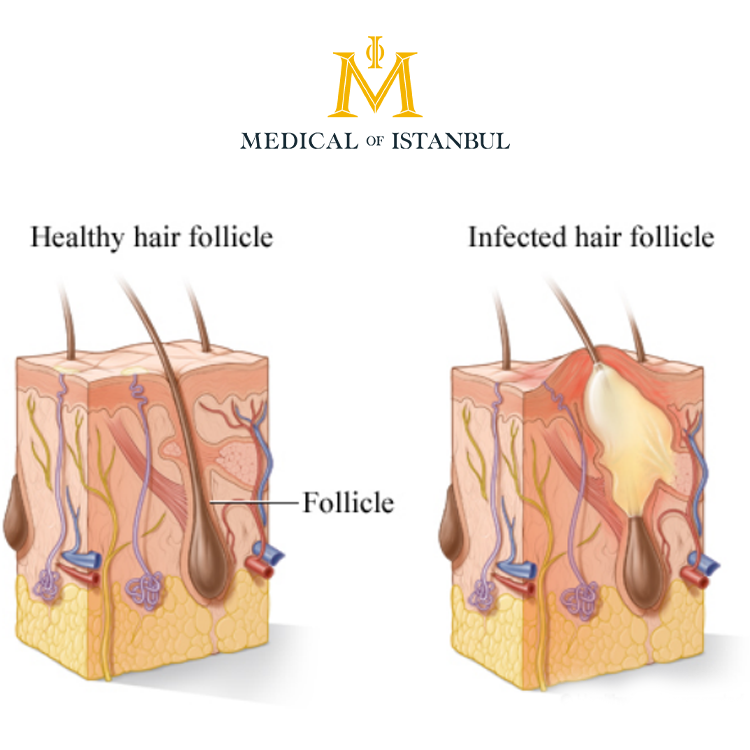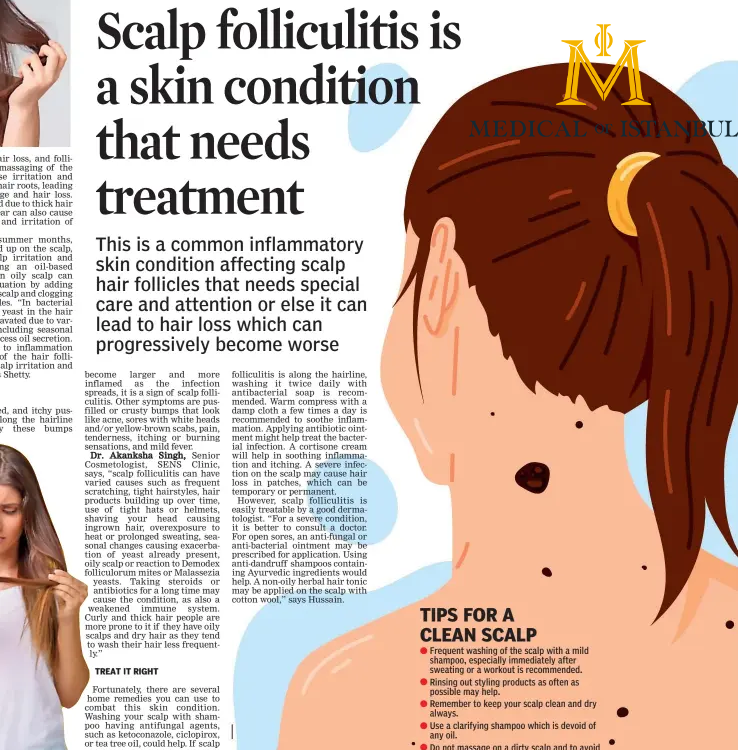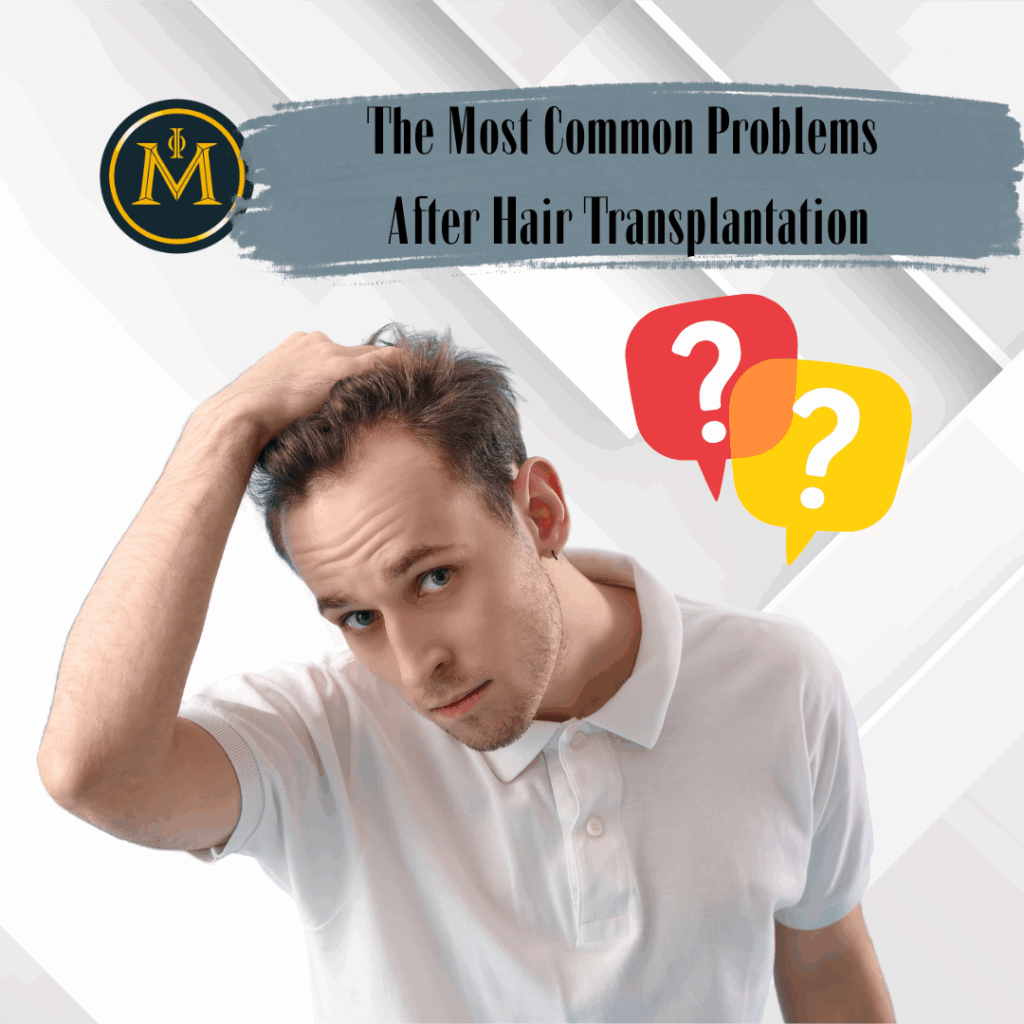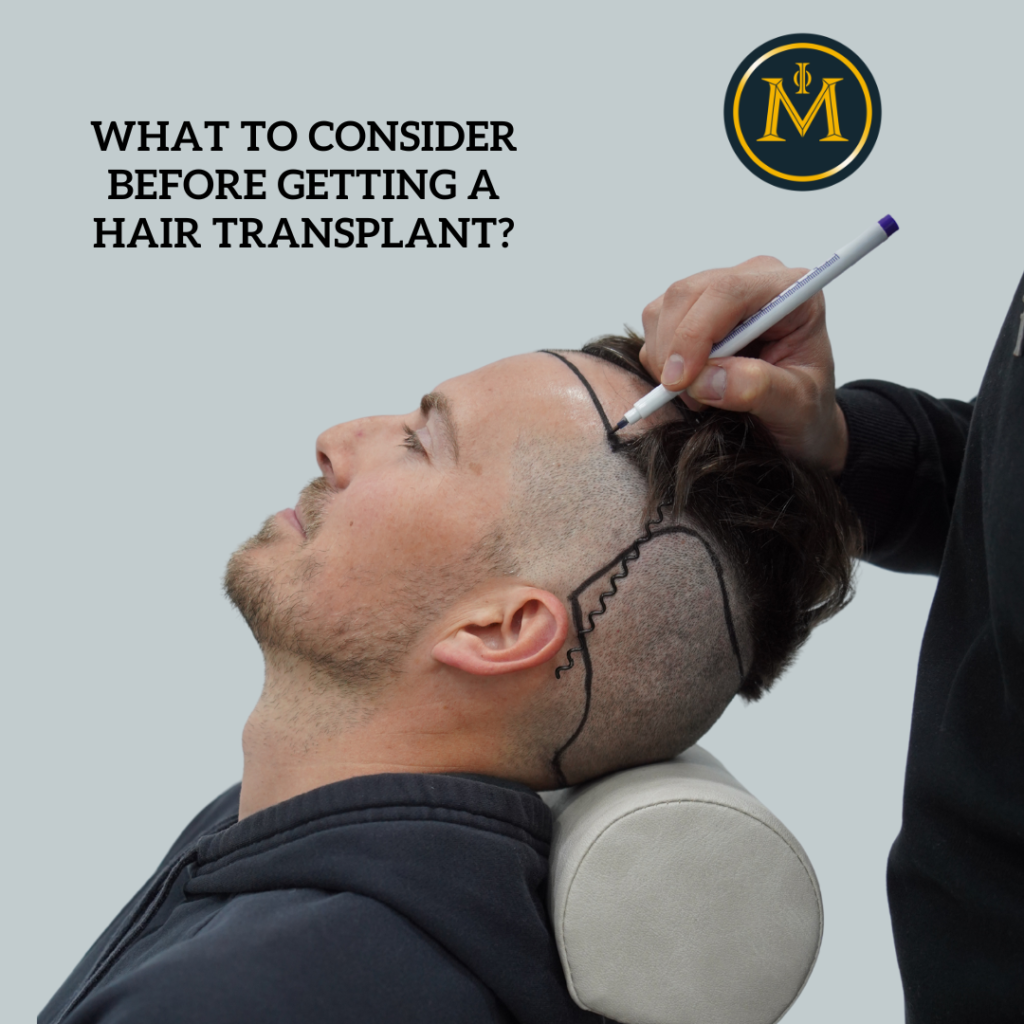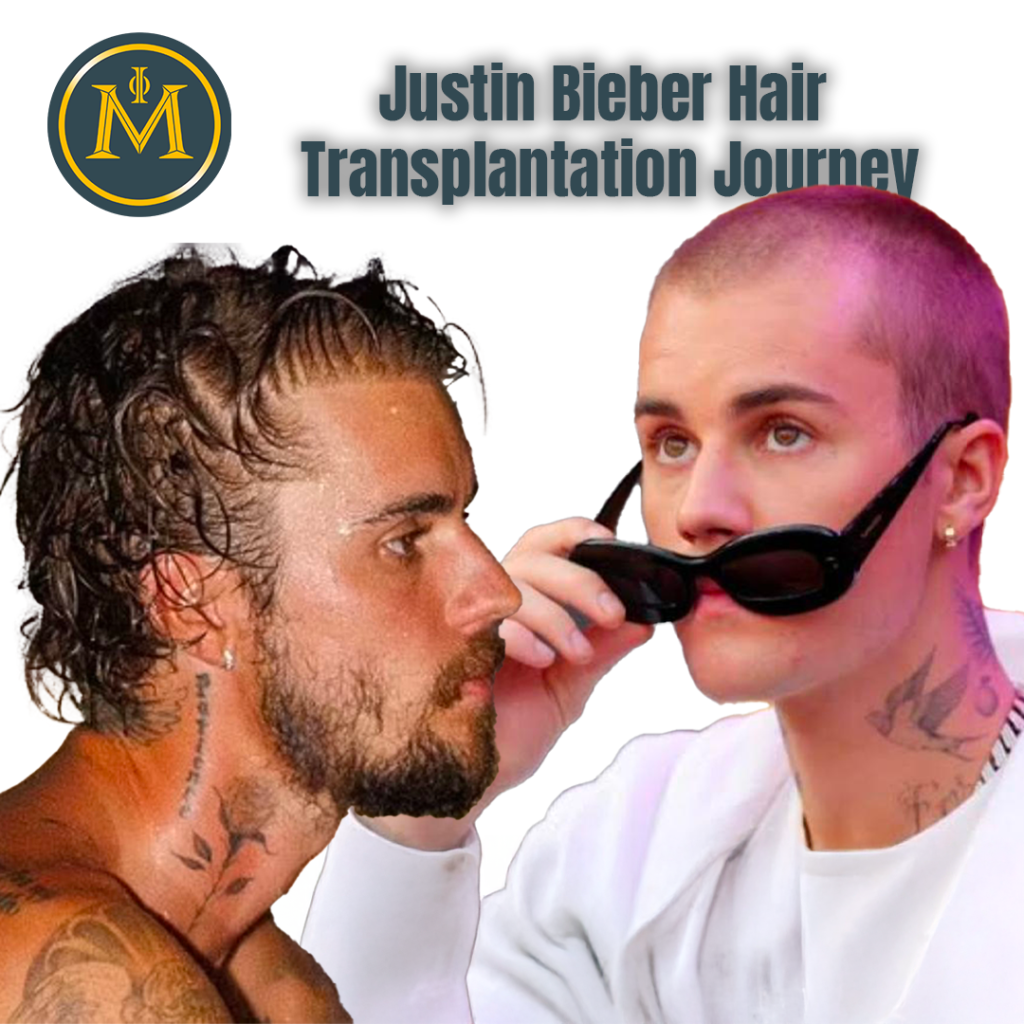Medical of Istanbul
Folliculitis on Scalp After Hair Transplantation
Hair transplantation is generally a procedure that people undergo to regain their previous hairline and the hair they have lost. However, it can bring a new era to a person’s life and increase self-confidence. As with any medical operation, there may be side effects after hair transplantation. These side effects are actually a reaction of that area because there is more than one intervention in the procedure area.
